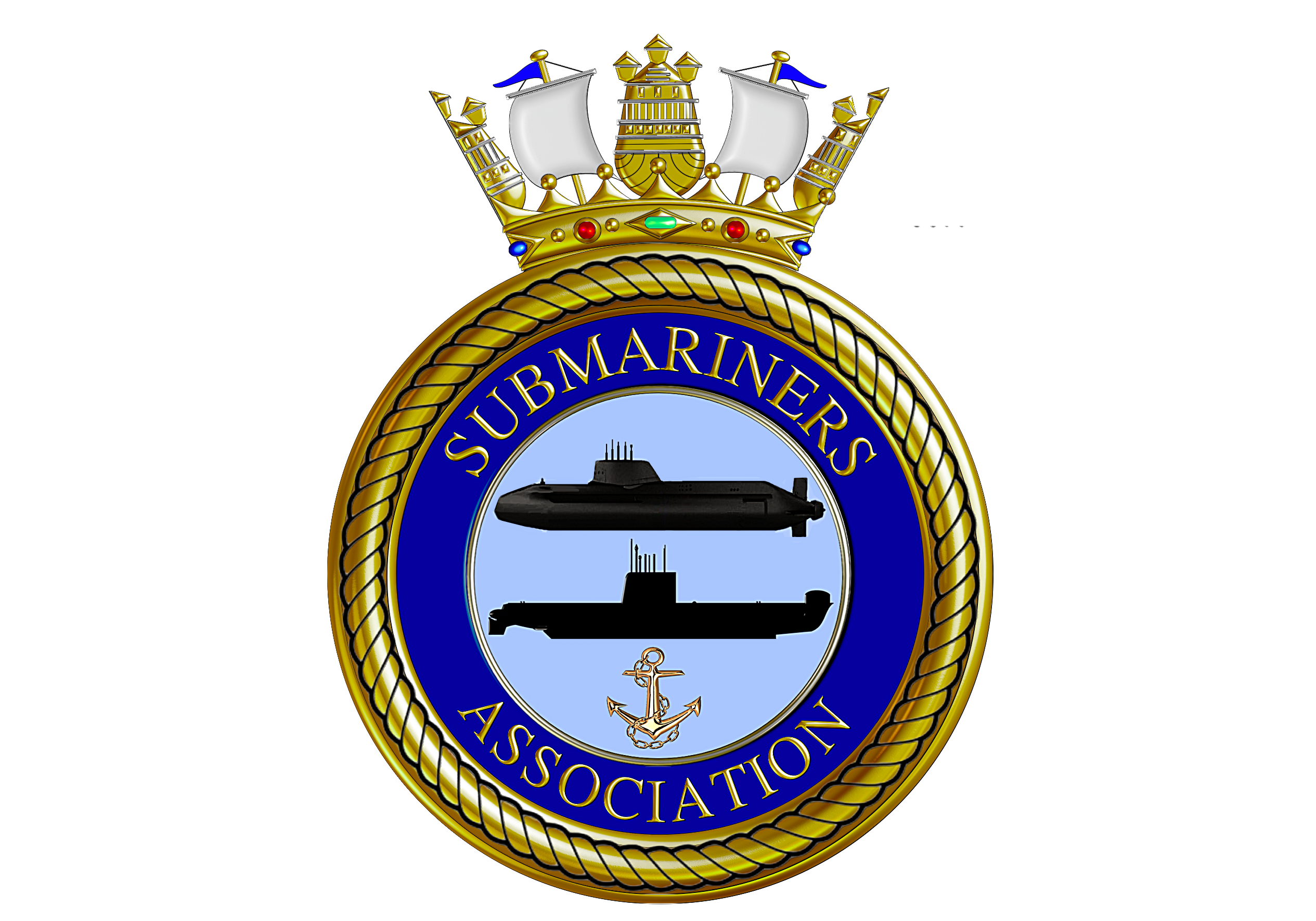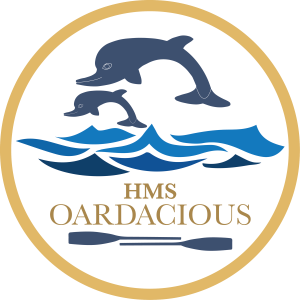HMS
K13
(1916
-
1926)

A watercolour rendition of the sunken K13, by the distinguished marine war artist, and submariner, Norman Wilkinson, as published in an official report of its sinking and salvage
At 0800 on 29 January 1917, K13 (Lt Cdr Herbert) steamed down the Clyde with 53 crew, 14 directors and employees of Fairfields, 5 sub-contractors, 5 Admiralty officials, a Clyde pilot, and the Commanding Officer and Engineer Officer of K14 which was building on the Clyde (a total of 80 men). K13 was engaged in the last of her sea trials before acceptance into the Royal Navy. On diving to 80 feet in the Gareloch, the boiler room sprung a leak and about 200 gallons of water entered. Lt Cdr Herbert surfaced and ordered the boiler room pumped dry and ventilated. During this evolution he left K13 to have lunch on board one of the tenders to the trial and planned a further dive after lunch.
Shortly after diving in the afternoon, a red indicator light was observed to be flickering but the CO was advised by Engineer Lieutenant Lane that this was due to a faulty circuit. Nonetheless, Lane ordered an ERA to check the boiler room to see if there was a leak. There was, and the boiler room was flooding rapidly. The submarine soon grew heavy and defied attempts to surface. She struck and remained on the bottom of the Gareloch. Seven civilians and 24 naval personnel died because of the flooding.
HMS E50 was also operating on the Gareloch on that day and her captain, Lt Cdr Mitchell, had observed K13 dive and was concerned that she had not re-surfaced. At 1600, he reported that K13 was probably in difficulty and salvage equipment should be brought to the Gareloch.
Morse code signals were exchanged between divers and the trapped crew of the submarine. Despite the lack of proper escape apparatus, the captain, Lt Cdr Godfrey Herbert, and the captain of K14, Commander Goodhart, attempted an escape to the surface by using the space between the inner and outer hatches of the conning tower as an airlock. Herbert reached the surface alive, but Goodhart’s body was later found trapped in the superstructure above the hatch.
Divers eventually managed to connect a high-pressure air hose to the submarine and the air supply assisted the crew with breathing and with blowing ballast tanks. Eventually the bow was brought to the surface and subsequently a hole cut in the pressure hull to allow air and food to be supplied to the men inside. On 31 January, some 54 hours after the flooding, the first survivor was helped from the submarine through a hole cut in the pressure hull.
K13 was finally raised on 15 March (and eventually repaired and recommissioned as K22) and the bodies of the men drowned in the after compartments were removed.
One survivor, Mr Freestone, transferred to the Royal Australian Navy in 1921 and prospered in Australia; however, he always wanted to commemorate the tragedy and bequeathed a site in his hometown of Parramatta, NSW, to the dead crew memory.
His wishes were finally fulfilled by his widow, Margaret, when the K13 Submarine Memorial Park was officially dedicated in September 1961, three years after his death. The central feature is a large pool of water, about 40 feet in diameter, with a 15-foot-high natural rock feature weighing 20 tons rising above the surface; inscribed in large letters on that rock is the name of the submarine: K13.




